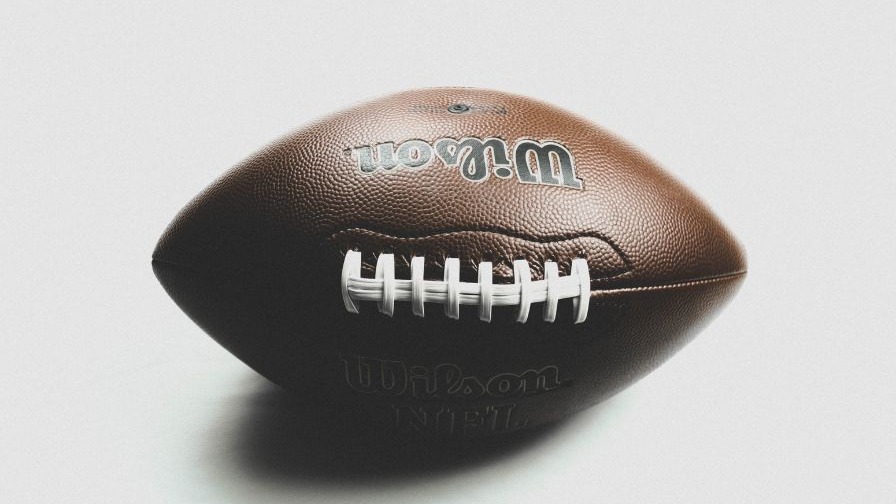
The Changing Landscape of College Athletics
In the evolving world of college athletics, name, image, and likeness (NIL) rights have ushered in new opportunities—and complexities—for student athletes. With the NCAA allowing players to monetize their talents, we’re witnessing unprecedented shifts in player movement and contract negotiations. This week, Arkansas quarterback Madden Iamalava made headlines as he entered the transfer portal to UCLA, prompting his former university to demand the return of nearly $200,000 in NIL compensation.
In 'Latest News | Arkansas warns against players skipping NIL buyouts', the focus on NIL agreements reveals significant challenges for student athletes and universities, prompting our deeper analysis.
The Implications of NIL Contracts
The demand by the University of Arkansas reflects a broader realignment in how educational institutions navigate the financial relationships with their athletes. Expert analysis indicates that NIL contracts can vary widely, typically spanning 10 to 11 months and shaped by the evolving landscape of college sports. This situation highlights a crucial consideration—what happens when athletes choose to transfer before fulfilling the terms of their agreements?
Future Considerations for Universities
As the NIL market remains largely unregulated, universities are reformulating their contracts to protect their financial interests, a trend we are bound to see expand. This “living document” approach is designed to safeguard against unforeseen transfers, ensuring that financial resources are allocated more judiciously.
Challenges in Recovering NIL Investments
In Madden's case, the reinstatement of NIL funds presents a challenge for both the player and the university. There is uncertainty about whether the incoming school will assist in covering the costs or if the athlete themselves will need to repay the NIL funding. The potential ramifications of such disputes emphasize the need for clarity in future NIL agreements and the relationships between athletes, universities, and sponsors.
A New Era in College Sports
This ongoing scenario not only highlights the immediate financial and legal complications related to NIL agreements but also signposts a transformative era in college sports. As institutions adapt, athletes will continue to forge new paths, negotiating their worth and leaning into the greater freedoms provided through NIL rights.
 Add Row
Add Row  Add Element
Add Element 


 Add Row
Add Row  Add
Add 


Write A Comment